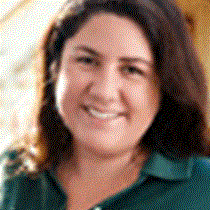Santa Cruz Island
Today is tortoise day, and we could say this has been tortoise week as well. We encountered more than we expected at Urbina Island – the subspecies from Alcedo that, because of the abundance of water during this rainy season, have spread out into the arid areas. But there are at least eleven different kinds of tortoises in the Galápagos, and at the National Park breeding center on Santa Cruz Island we saw several more: the subspecies from Española, very saddle-back in their carapace shape; the last Pinta tortoise of his kind, known as Lonesome George; females from Wolf Volcano, who happened to be George’s girlfriends; baby tortoises from Lindblad-National Geographic’s adopted island, San Salvador; and dome-shaped creatures unique to Santa Cruz.
Observing their carapaces, distinctive to their respective locations, we have understood the idea behind “adaptive radiation.” From one ancestor species, several kinds have evolved; populations isolated from each other by volcanoes or by the ocean and changed in particular ways. And we have seen examples of adaptive radiation not only with tortoises, but also Darwin’s finches, marine iguanas, prickly pear cactus, and mockingbirds. That’s why Galápagos is known as a laboratory of evolution!
Humans are part of this laboratory as well, proving that we can find ways to live in harmony, nature and man. So we visited a town – lovely, warm, colorful, where people live and work in communion with the environment.




